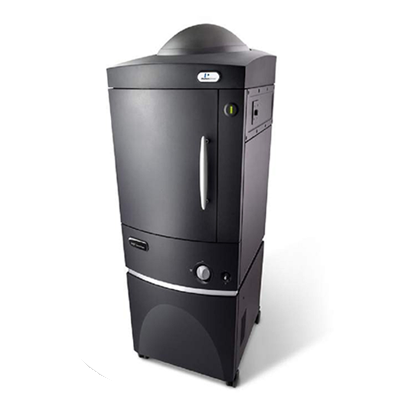Services
In-vivo Pharmacology
Elevate your research to new heights and uncover groundbreaking discoveries in the realm of In-Vivo Biology which is the nexus of cutting-edge scientific exploration, renowned for its exceptional features that drive innovation and discovery. With a seasoned team of expert researchers and scientists at its core, the department offers unmatched expertise in the field of in-vivo biology. These experts collaborate seamlessly with researchers across various disciplines, providing tailored solutions to meet unique research objectives. A diverse array of in-vivo models, from mice to rabbits, coupled with myriad of downstream biomarker estimations enables comprehensive investigations into an extensive range of biological phenomena. The department boasts a state-of-the-art infrastructure, including advanced technologies and tools, ensuring researchers have access to the latest innovations. Ethical standards are paramount, with a deep commitment to the humane treatment and welfare of research animals. This dedication, combined with efficient workflows and data analysis capabilities, ensures timely and impactful results.
Inflammation Animal Models
Fibrosis Models
Kidney Models
Wound Healing

